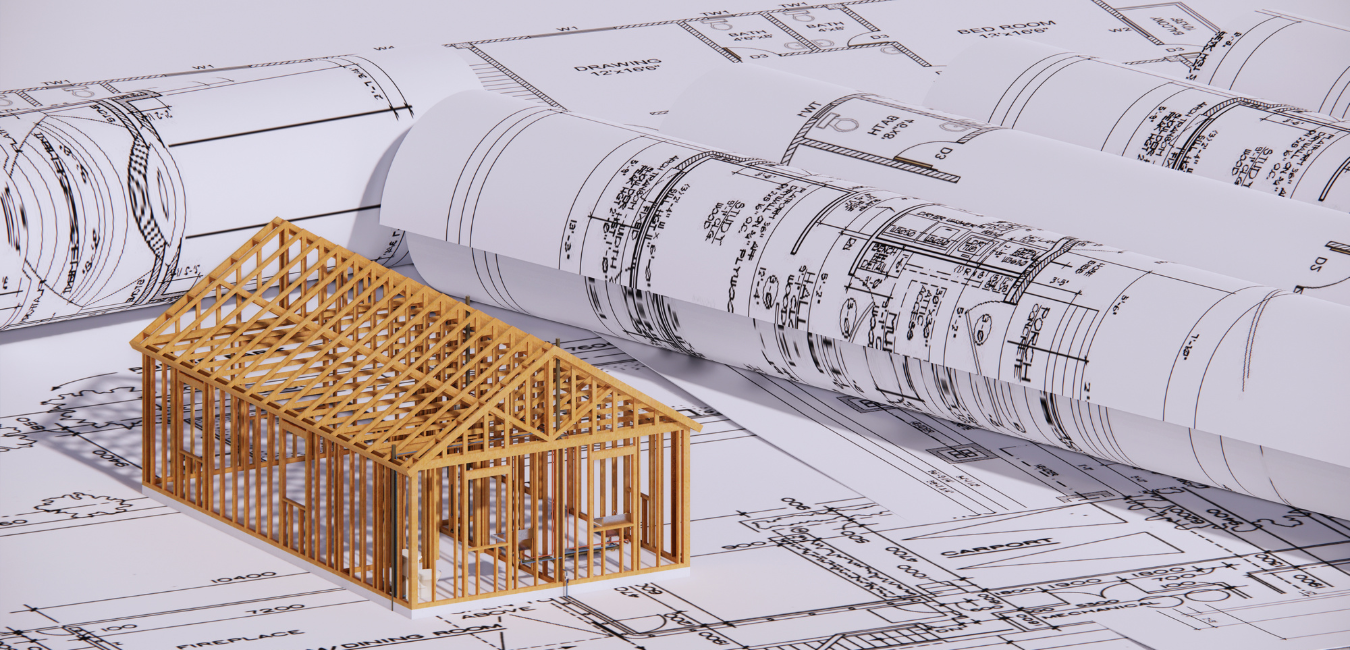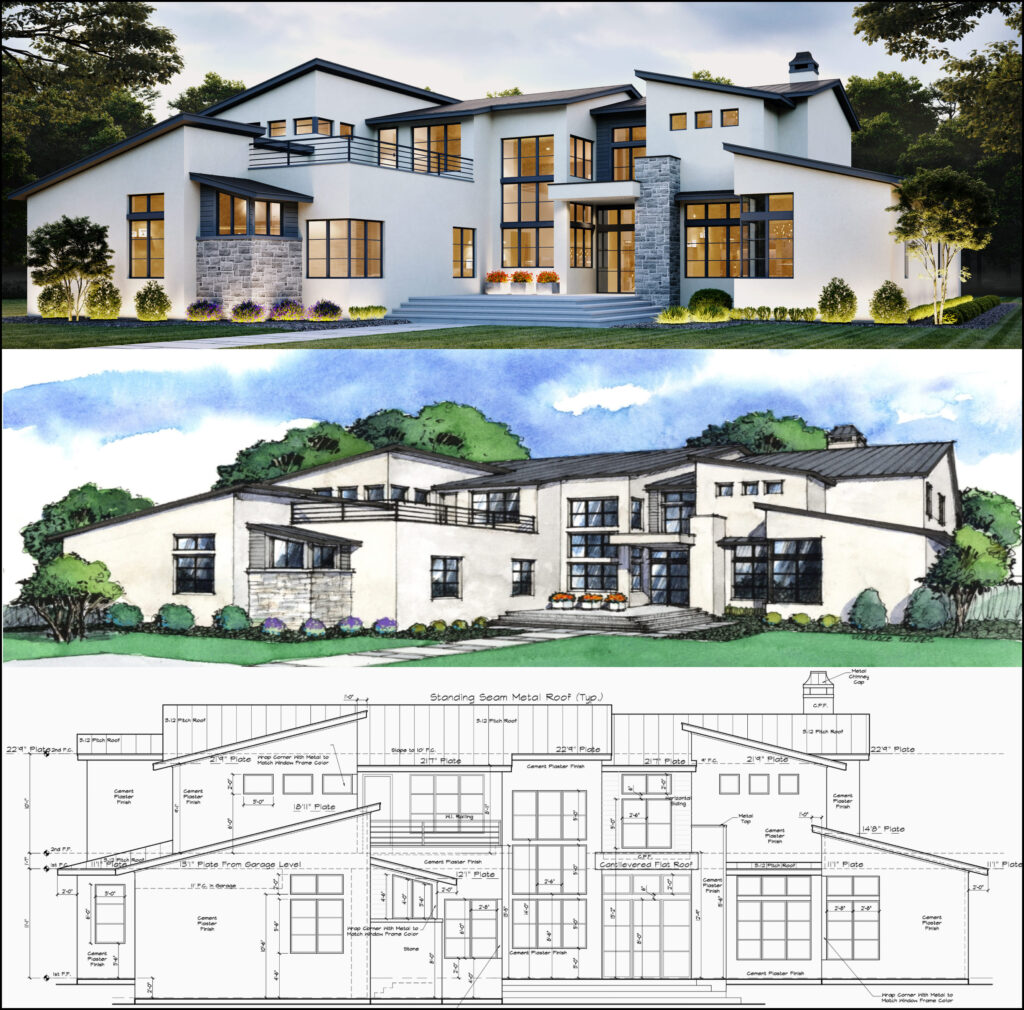Transforming Areas: The Vision of CDA Architects for Modern Living
Transforming Areas: The Vision of CDA Architects for Modern Living
Blog Article
Recognizing the Collaborative Refine In Between Engineers and Engineers in Modern Building Projects
The joint process in between architects and designers is essential in modern-day construction projects, as it integrates design intent with engineering usefulness. Checking out these characteristics reveals insights that can significantly affect task outcomes and total industry requirements.
The Importance of Partnership
The joint harmony between designers and designers is essential for the successful awareness of any kind of building and construction project. This partnership combines distinctive competence and viewpoints, enabling the integration of ingenious layout with sensible engineering services. By working together, designers and designers can make sure that a task not just meets aesthetic and functional requirements however likewise adheres to safety and security, sustainability, and budgetary restraints.
Collaboration promotes a shared vision, helping with the positioning of goals and expectations from the beginning. This positioning is vital in resolving potential challenges and mitigating risks that could arise during the task lifecycle. A collective technique enables for the efficient allocation of resources, maximizing both time and expense.
The value of partnership encompasses the repetitive process of design and construction, where responses from designers can inform architectural choices, causing more viable and lasting designs. Conversely, designers can influence engineers to assume artistically about just how to accomplish structural honesty without jeopardizing artistic intent. Inevitably, the collective partnership in between designers and engineers is not simply advantageous; it is fundamental to the development of premium, practical, and innovative constructed environments that fulfill the needs of society.
Interaction Techniques and Tools
Reliable interaction strategies and tools are essential for promoting cooperation between engineers and engineers throughout the job lifecycle. Developing clear channels of interaction is necessary to make certain that all employee are aligned with job purposes, timelines, and responsibilities. Routine conferences, both in-person and virtual, supply possibilities for stakeholders to talk about progression, address concerns, and make notified choices.
Making use of project administration software program, such as BIM (Building Info Modeling) systems, enhances partnership by making it possible for real-time sharing of layout modifications and technical specs. These devices facilitate transparency, enabling designers and designers to envision changes and evaluate their effect on the general task.

Shared Objectives and Job Vision

Establishing common goals includes open discussion and a complete understanding of each discipline's contributions. Engineers generally concentrate on design intent, spatial connections, and customer experience, while engineers highlight architectural stability, systems performance, and conformity with regulations (cda architects). When these perspectives are lined up, the outcome is a natural project that follows both imaginative aspirations and technical expediency
In addition, a well-defined project vision promotes liability amongst employee, encouraging each participant to take possession of their duty in attaining the desired outcome. Regular check-ins and collective workshops can additionally enhance this dedication, permitting adjustments to be made as the project develops. Eventually, a shared vision not only improves team effort however likewise boosts the top quality of the last deliverable, bring about effective task conclusion.
The Duty of Modern Technology
Leveraging innovation has actually become vital in boosting partnership in between engineers and designers. Building Information Modeling (BIM) stands out as a critical modern technology, allowing both architects and engineers to produce thorough 3D models that encapsulate style intent and architectural honesty.
In addition, cloud-based platforms enable seamless partnership, enabling job stakeholders to accessibility and upgrade task information from anywhere. This fosters a culture of transparency and accountability, as changes can be tracked and evaluated in real-time. Furthermore, mobile applications additional improve interaction, supplying on-site groups with instant access to job specs and updates.
Emerging innovations such as expert system and artificial intelligence are likewise beginning to contribute in predictive analysis, aiding groups recognize prospective problems before they occur. Ultimately, the role of modern technology in architecture-engineering cooperation not just enhances workflow efficiencies but additionally boosts advancement, resulting in more effective task results. By embracing these technical innovations, designers and engineers can ensure an extra cohesive and productive joint procedure throughout the building lifecycle.
Case Researches in Successful Partnerships
Countless situation studies highlight the profound influence of efficient partnerships in between architects and designers on job end results. One significant example is the cooperation on the High Line in New York City, where landscape engineers, engineers, and city coordinators functioned together to change an abandoned railway into a vivid public park. This multidisciplinary method not just improved the visual quality yet also made certain structural safety and security and environmental sustainability.
One more excellent case is the layout and construction of the Sydney Opera Residence. The partnership between engineer JÃ ¸ rn Utzon and structural designer Ove Arup exemplified ingenious analytic. Their collaboration enabled for the legendary shell-like design while attending to intricate official site engineering difficulties, inevitably leading to an ageless building work of art.
The Burj Khalifa in Dubai further demonstrates the relevance of joint efforts. cda architects. The integration of design and design expertise made it possible for the project team to accomplish unmatched elevations while sticking to safety and security regulations and aesthetic vision
These examples highlight the value of interaction, trust fund, and shared purposes. In today's complex construction environment, such partnerships are necessary to browsing obstacles and supplying tasks that fulfill both useful and visionary objectives.
Verdict
To conclude, the cooperation in between engineers and designers is crucial for the success of modern-day building and construction tasks. Reliable interaction methods, a shared project vision, and the integration of advanced technologies are critical components that promote this collaboration. By promoting a culture of accountability and leveraging devices such as Structure Info Modeling (BIM), teams can navigate task intricacies, making sure that aesthetic, functional, and that site sustainability purposes are attained. Eventually, this synergy leads to cutting-edge and effective job outcomes.
Report this page